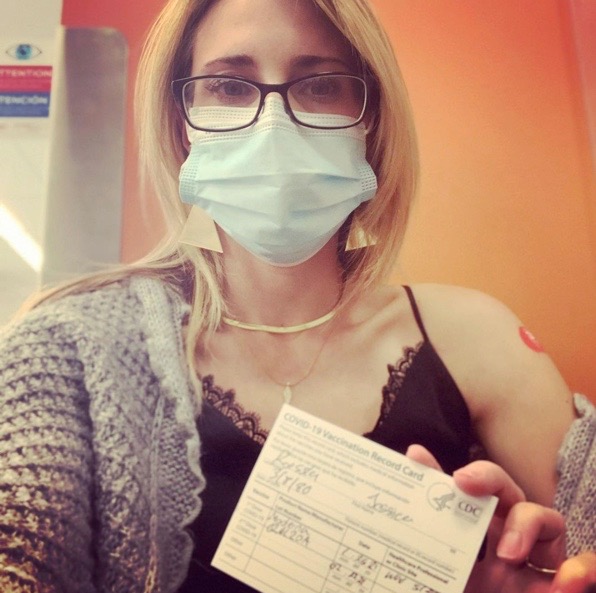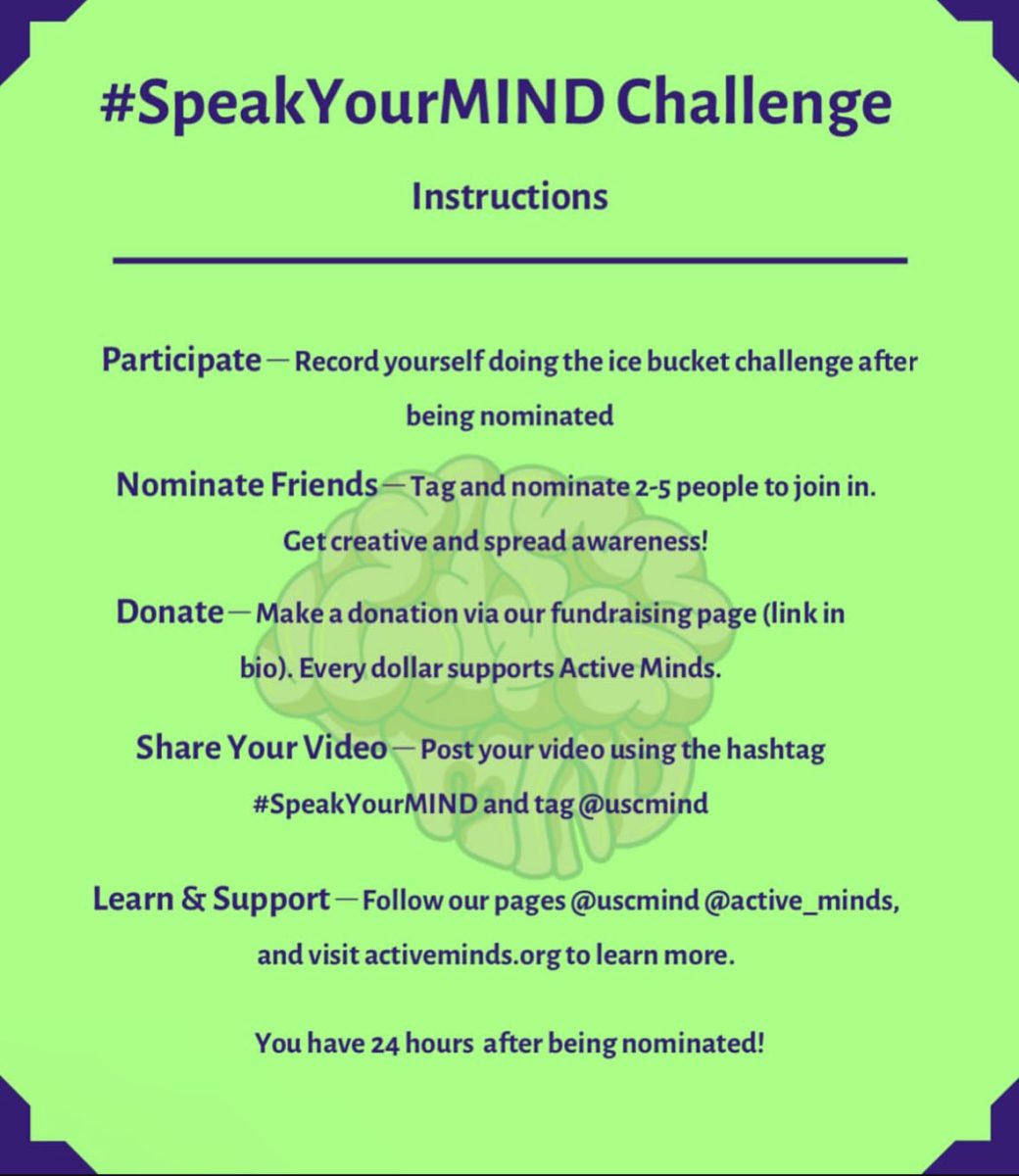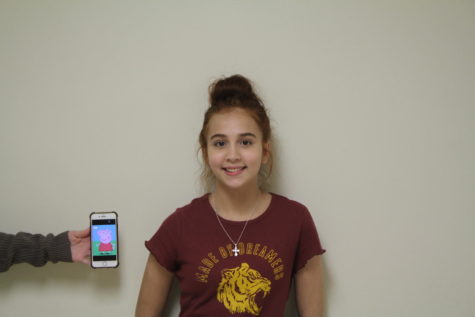LT teachers, faculty struggle to receive vaccines
Staff continues to wait for vaccination distribution

English teacher Jessica Roessler receives her vaccine shot (photo courtesy of Roessler)
March 9, 2021
Although vaccination availability in the state has slowly increased, teachers and faculty at LT, along with residents of Cook County, continue to struggle to receive vaccinations. Awaiting approval from the Cook County Department of Health, LT hopes to become a distribution center for its faculty and local community.
“We’ve been working to try to have LT be a distribution site for our staff or a community distribution site because we know that serves a huge benefit to the community,” Human Resources Director Edward Piotrowski said. “Right now, we haven’t been able to finalize anything, but that doesn’t mean we aren’t hopeful that it’ll happen.”
Annually, LT has worked with healthcare providers to bring vaccines on site for staff who are interested in getting a flu shot, which was still able to happen this past year, Piotrowski said.
For the COVID-19 vaccine, LT has provided resources via email to faculty members about potential sites and availability for the vaccine. Through the Cook County registration site, teachers must verify eligibility through their residency or location of employment.
“Even if you don’t live in Cook County but work there, you’re eligible for the vaccine within Cook County because you’re an educator there,” Piotrowski said.“And almost everyday, we are reaching out to local pharmacies, health care providers and hospitals to find out if we can partner with them to get vaccines for our staff and figure out how we can do it.”
Due to scarce availability, teachers have also become reliant on each other for day-to-day information on potential vaccination sites and available appointments.
More information for the LT community has been provided on LT’s Health Services page, which is under student resources, consistently updated by the health office, North Campus nurse Julie Loftus said. It will redirect people to the Illinois Department of Public Health website where they can find information about the vaccine plan and eligibility.
“And even with access to a vaccine, it’s important that the public maintains the same mitigation strategies,” Loftus said. “We currently do not have data to allow us to do anything differently because it’s so new.”
Health officials also continue to ask the public to take precautions to keep themselves, and their loved ones safe, MacNeal Family Medicine Doctor Aaron Lee said. People must wear masks, social distance, avoid large crowds and wash their hands. The virus is unable to spread if there is no one nearby to catch it. Until “herd immunity” is reached, people will need to continue to take precautions.
“We need to have 70-85% of the population vaccinated and/or previously ill with COVID to provide the kind of immunity necessary to limit the spread and reduce the risk of dangerous variants of COVID,” Lee said. “Unfortunately, with as widespread as COVID has become both nationally and internationally, it will likely become endemic like the flu—a virus that continues to circulate and cause infections every year.”
However, some teachers at LT were able to receive vaccinations through local pharmacies, as they are now eligible for 1B status, which allowed non-healthcare frontline essential workers to receive the vaccine, English teacher Jessica Roessler said.
“I was able to schedule my [first dose of the] vaccine on Jan. 25, which offered the Moderna vaccine at Walgreens in Hickory Hills,” Roessler said. “We were notified in December to make sure all of our information was put in the Illinois Department of Public Health and Cook County site, so we can be notified when it’s available. I just hoped I would be able to get it by February and ended up being really lucky.”
After the first dose, people tend to report soreness around the area they received their shot, Roessler said. For the second dose that is scheduled roughly three weeks later, it is more likely to feel brief flu-like symptoms due to an immune response.
“Though I felt fine after my first dose, I know that the second dose might be a different story,” she said. “All I can do is stay as healthy as possible until then by sheltering in place, listening to CDC guidelines and continuing to double mask and social distance.”
Side effects were documented in the Pfizer and Moderna vaccine studies in 2% of those who received it, according to Loyola Medicine. The most common side effects are pain and redness at the shot site, feeling tired, muscle and joint aches, headaches and low-grade fever. Most side effects last less than 24 hours, and those ages 55 and older reported fewer side effects.
While vaccines are becoming more available to the public, there is still a long way to go, Lee said.
“If people don’t hesitate to get the vaccine, if people continue to take precautions in the meantime and if more contagious variants of the virus don’t proliferate, we could begin to have many things in our lives begin to go back to normal by fall of 2021,” Lee said. “If any of these things don’t occur, we could continue to have significant issues into winter 2021 or early 2022. As far as ‘normal’ normal—things like concerts, professional sports and street festivals filled with people? Probably summer of 2022 at the earliest realistically.”
It can take significant time, as pandemics often remain a problem for two to four years, Lee said.
“I think as we start seeing the amount of vaccine production increase, then you’re going to start seeing more vaccine availability,” Piotrowski said. “As far as in-person learning, we can only try our best. We have to be responsive to public health and positivity rates, and ask, is it safe and is it appropriate to do that? The hard part is not knowing when those things are going to happen, but we definitely are building those plans for when it is safe to do so. Our first and foremost goal is to make sure everyone is staying safe.”





















![Movie poster for '[Rec]" (2007).](https://www.lionnewspaper.com/wp-content/uploads/2023/04/rec-640x900.jpg)


